Reflecting on Landmark Sites in African American History
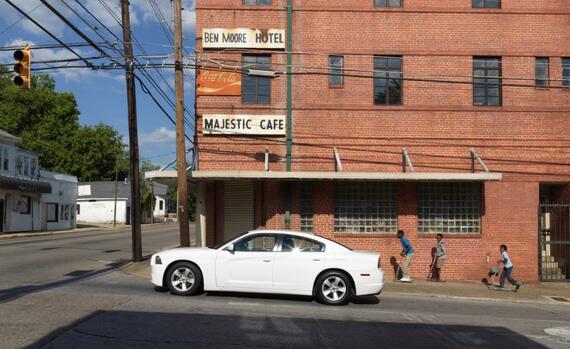
This month, we're honoring Black history by reflecting on the long struggle for justice in the U.S. and placing it within a global context. From examining pivotal sites in the U.S. civil rights movement and tracing the roots of injustice to the Atlantic slave trade, this article explores the role of heritage in confronting historical truths that can advance social change.
Alabama Civil Rights Sites
In 2018, 20 historic sites in Birmingham, Montgomery, Selma, and across the Black Belt in the U.S. were included on the World Monuments Watch. Among them were places of worship, lodging, and civic engagement that remind us of the extraordinary actions of everyday citizens to overcome discrimination.
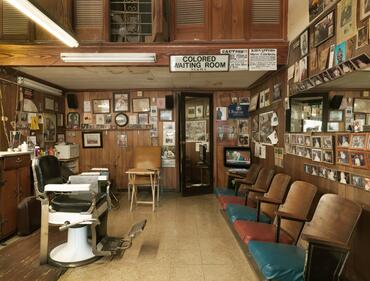
In 2019, World Monuments Fund (WMF) launched Voices of Alabama, an oral history project, in collaboration with the Birmingham Civil Rights Institute and the Alabama African-American Civil Rights Heritage Sites Consortium. Through video interviews with veterans of the civil rights era and archival material, Voices of Alabama illuminates the different histories of the 20 sites, including the Historic Bethel Baptist Church in Birmingham, which served as the headquarters for the Alabama Christian Movement for Human Rights, an organization that applied nonviolent direct action against segregation; and the Ben Moore Hotel and Malden Brothers Barber Shop in Montgomery, where historic meetings took place between representatives of the black and white populations of Montgomery in the beginning of the civil rights era.
San Antonio Woolworth Building
On March 16, 1960, Woolworth’s department store in San Antonio, Texas, joined six other local establishments in voluntarily and peacefully desegregating their lunch counters.
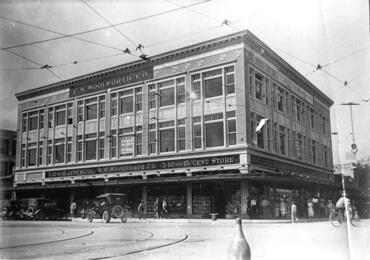
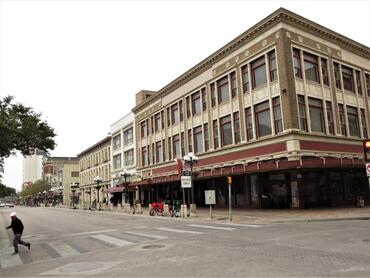
Located in the Alamo Plaza, the Woolworth Building stood witness to an important chapter in San Antonio history, contributing to a more layered understanding of the city's role in the civil rights movement.
Since 2018, the site has been threatened by the proposed construction of a museum that would tell the story of the Alamo. After including the Woolworth building on the 2020 Watch, WMF joined the Conservation Society of San Antonio in their efforts to preserve the site.
Despite a September 2020 assessment declaring the Woolworth Building structurally sound and suitable for reuse, the State of Texas has made no commitment to its preservation and the building's fate remains uncertain.
Through the Coalition for the Woolworth Building, the local community has rallied to save the structure, organizing participation in San Antonio’s MLK March, raising awareness through virtual programs, and recording testimonials from the public about the importance of the Woolworth Building as a civil rights landmark.
Bunce Island
Home to one of the most lucrative slave trading operations in West Africa, the fortified trading post on Bunce Island in Sierra Leone served as a cross-over point for thousands of enslaved West Africans sold to colonies in the West Indies and North America.
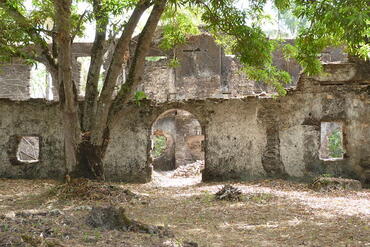
Located along the “rice coast” of West Africa, Bunce Island was considered an important access point for slave trade operations targeting individuals from rice cultivating areas to sell to rice plantation owners in South Carolina and Georgia, but also in northern colonies such as New York, Rhode Island, Connecticut, and Massachusetts. Over more than a century, an estimated 30,000 people were sent into slavery from Bunce Island.
Bunce Island was included on the 2016 Watch in recognition of the site’s historic and social significance. With the Museum and Relics Commission of Sierra Leone, WMF developed a project to preserve the island's ruins and build visitor infrastructure at the site to help raise awareness of Bunce Island's role in the Atlantic slave trade and its long-term impacts. In this recorded interview, WMF Project Manager Isatu Smith delves into the history of the site and the importance of its preservation “as a memorial to the dark history of man’s inhumanity to man.”
Providence Island
Providence Island, in the middle of Liberia's capital of Monrovia, was one of the first places that formerly enslaved people from America landed after emancipation, arriving there in 1822 with the aim of establishing a self-sufficient colony. Despite its huge significance in the cultural, social, and economic history of Liberia and the region, very little of the original settlement on Providence Island remains.
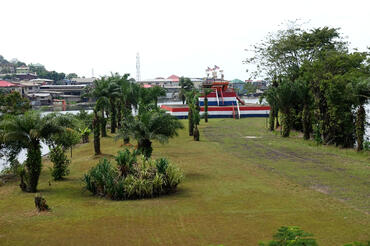
With the support of the Ambassador’s Fund for Cultural Preservation (AFCP), WMF launched a new project in October 2020 to work with local stakeholders on the creation of a plan to preserve and reuse Providence Island. In partnership with the Liberia Ministry of Information, Cultural Affairs and Tourism, WMF will support research, documentation and survey activities across Providence Island. This includes an extensive field study developed by university students from Liberia and the U.S. to preserve the island as an urban park that can serve as living testimony to Liberia's founding. By developing Providence Island into an important educational asset and visitor destination in Monrovia, the project will also help grow local expertise in cultural heritage preservation and tourism.
